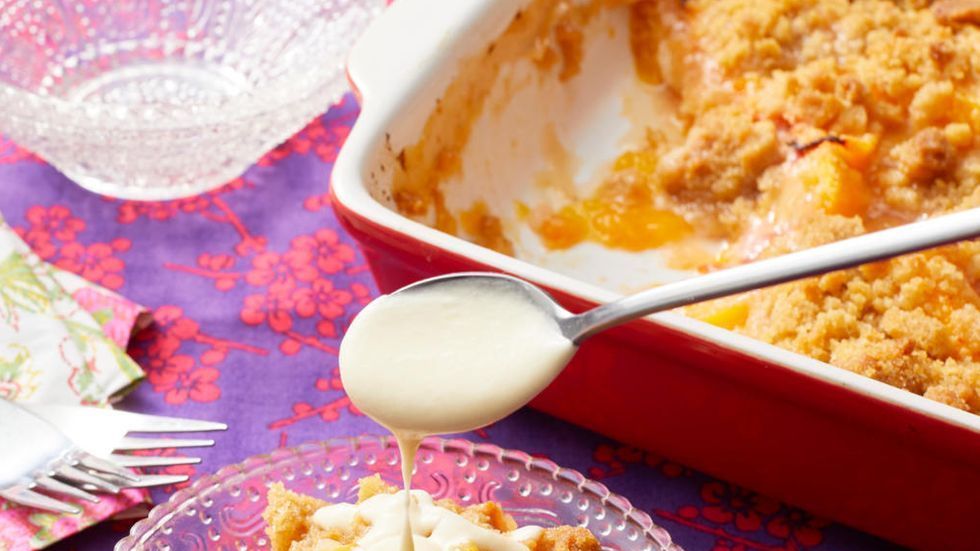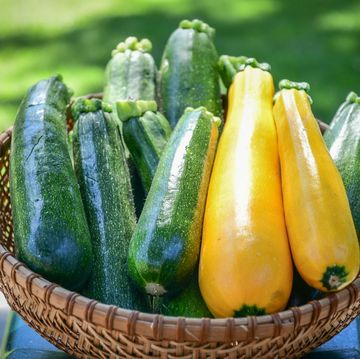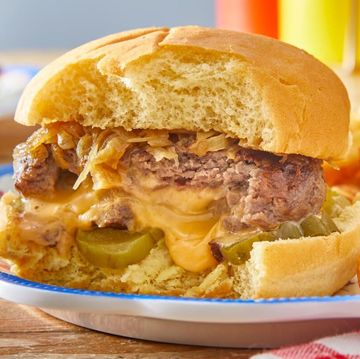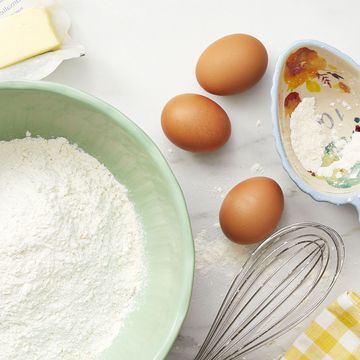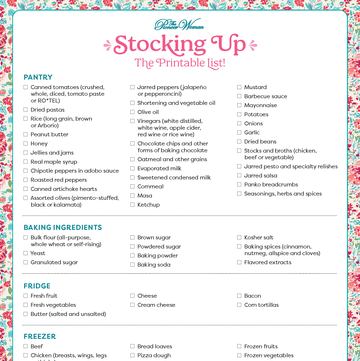A good sauce can make a dish—but unfortunately, a bad sauce can ruin it. Picture your favorite sauces: They're likely thick and flavorful like this Bolognese pasta sauce, or rich and creamy like the one in Ree Drummond's famous macaroni and cheese, or maybe they're super simple like the pan sauce for this chicken Marsala. Chances are that a thin, runny sauce is not what comes to mind! So, what happens when a sauce goes... wrong? Can a thin sauce be saved? Or do you need to start from scratch? Have no fear: Once you know how to thicken sauce, you'll be back in cooking in no time. Read on for lots of helpful hints and quick fixes!
How do you make a sauce thicker?
The easiest way to thicken a sauce is by reducing the amount of liquid. This can be done by simmering your sauce or bringing it to a full boil—do this uncovered, so the steam can escape. Note that this is a good fix if your sauce is just a little too thin—this isn't the best solution for a sauce that is super watery and needs a total overhaul. Think of it this way: By reducing the liquid, you're also concentrating the flavor, which could potentially impact levels of salt. If you reduce a sauce by half that wasn't meant to be reduced at all, you could end up with an overly salty situation. If your sauce needs some serious thickening, try one of the thickening agents below.
What are different methods for thickening sauces?
Flour-Based Thickeners
The most readily available sauce-thickener is flour. For a too-thin sauce, try adding a slurry (equal parts flour and water, whisked together) or beurre manie (equal parts softened butter and flour, kneaded together to form a paste)—both are ideal thickeners for rich and creamy sauces, such as steak sauce recipes. (This is also a trick we use for how to thicken stew, too!) A general ratio to work with is 2 tablespoons flour for every cup of liquid. Start by adding a little bit, then cook, stirring, for a few minutes to allow the sauce time to thicken and cook off the raw flour taste; if the results are minimal, add more. A roux (equal parts flour and butter, whisked and cooked together over heat) is another flour-based thickener, but it's generally used as a building block in the earlier stages of sauce-making, so it's not a great fix if your sauce is already made.
Gluten-Free Thickeners
If you want a gluten-free thickener, you can use cornstarch or constarch substitute and arrowroot powder to make a slurry (use equal parts cornstarch or arrowroot powder and water, whisked together). The rule of thumb here is to plan on 1 tablespoon of either powder in a slurry for each cup of liquid. For dairy-based sauces, skip the arrowroot powder, which has a tendency to become slimy when combined with milk or cheese.
Egg Yolks
Egg yolks can be a magical thickener. Whisk some of the thin sauce into an egg yolk in a separate bowl, then whisk the egg yolk mixture back into the sauce over low heat to let it do its thing. This method is called tempering—it prevents the egg yolk from curdling when stirred into a sauce over heat.
Pureed Vegetables
Another trick to try with vegetable-based sauces is to puree part of the sauce, breaking down some of the solids for use as a natural thickener. (You can do this with an immersion blender directly in the pot.) You could also try adding pureed or mashed cooked cauliflower, potatoes, winter squash and beans to a sauce to thicken things up—just note that added vegetables will affect the flavor.
Instant Potato Flakes
Using instant potato flakes as a thickener is a convenient riff on the idea of adding pureed and mashed starches. Potatoes need to complement the flavor profile of the sauce to begin with—creamy sauces are a good bet—so just start small and stir away.
Butter
Borrow this idea from the pros: Swirl a pat of butter into a pan sauce. It'll help thicken the sauce, plus give it a nice glossy sheen. No need to swirl in a whole stick if working with a big pot of sauce—like most of these suggestions, start small and let your palate be your guide.
